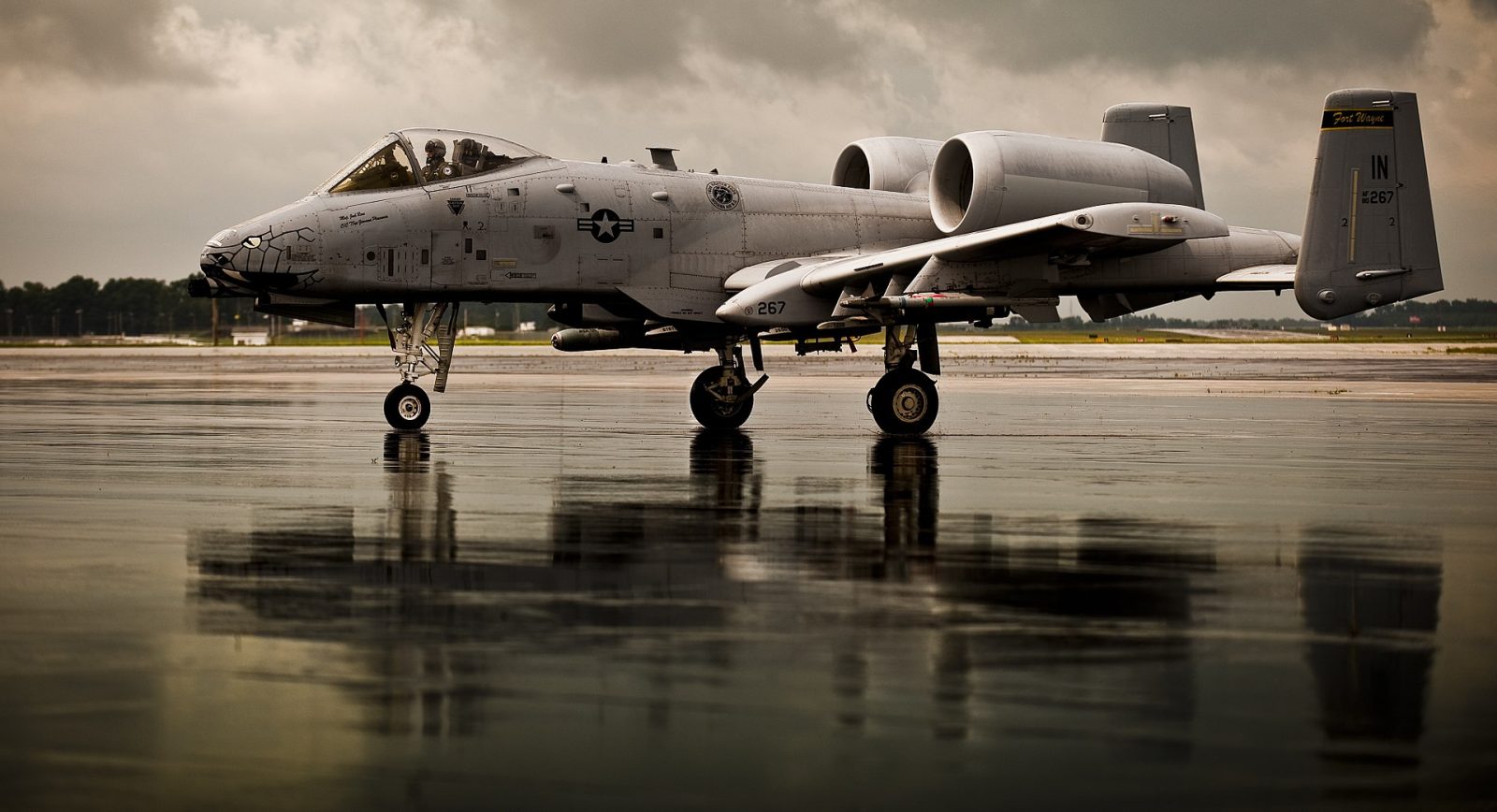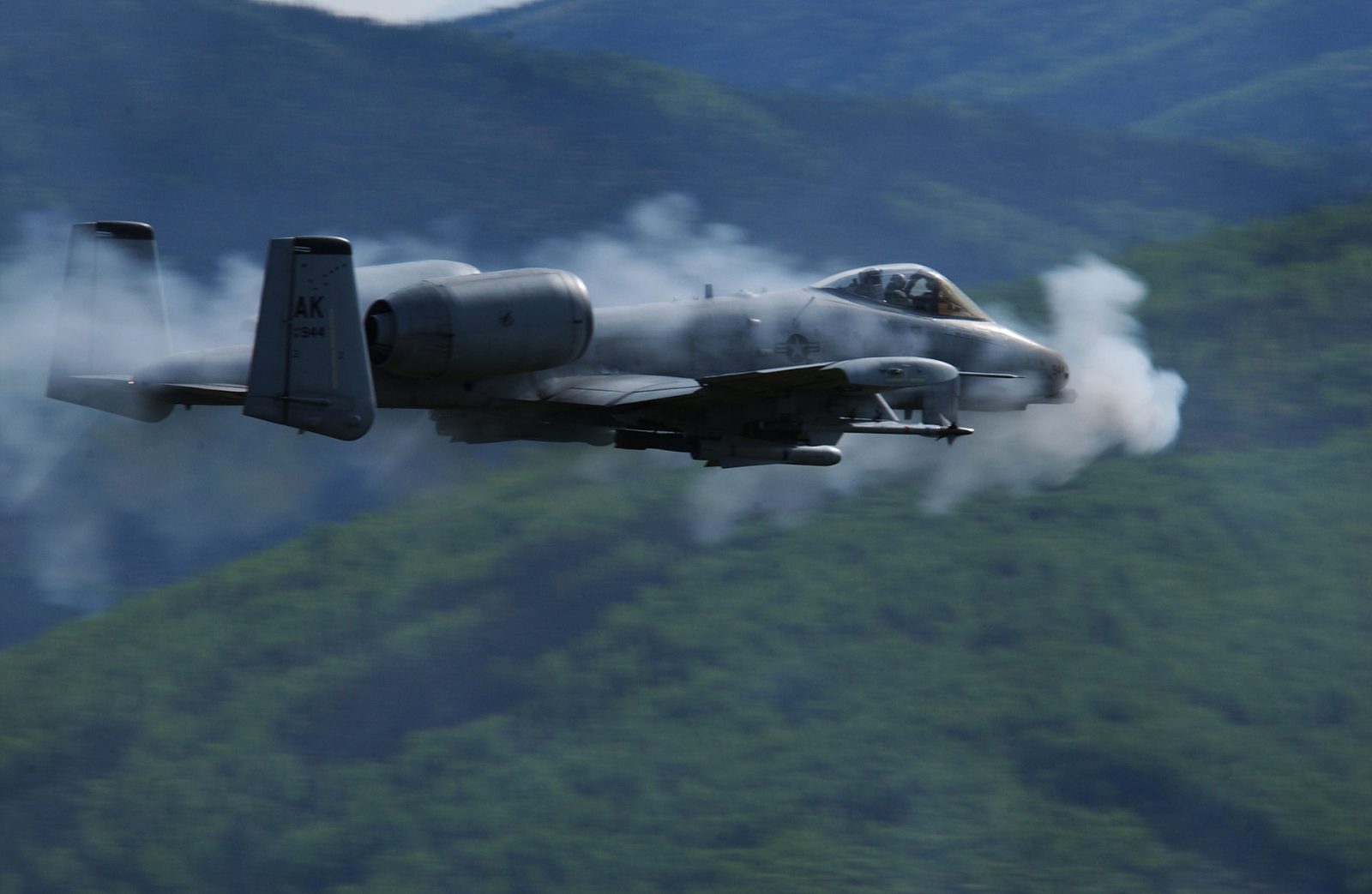The A-10 has been in the news again this week. Apparently the brass hat fighter jocks in charge of the US Air Force are still trying to kill off everyone else’s favorite aerial beast.

Despite having served with distinction in close air support combat missions over Kosovo, Gulf War I and II, and continuously in Afghanistan, the Air Force has been trying to retire all or most of its A-10 fleet for the past decade. However, thanks to its massive popularity among troops on the ground, and some very good lobbying on Capitol Hill, the A-10s keep on keeping on.
Most recently, the Air Force wanted to retire 44 A-10’s (3 squadrons’ worth) in its 2021 budget request. Congress said no. The Air Force keeps insisting that the highly-sophisticated, and extremely expensive, F-35 Joint Strike Fighter can take over the A-10s close air support role. No one else appears to be convinced that an unproven, extremely high cost, high maintenance, fast-mover like the F-35 could possibly be anywhere near as effective at CAS as the low-cost, easily-fixed, extremely rugged, low-and-slow A-10 – which has proven itself in combat time and time again.

Meanwhile, there is a growing body of opinion that the Air Force should simply transfer the A-10 fleet and all of its assets to the US Army’s Aviation branch. Since Army aviation is all about close-in tactical air power that actually makes a lot of sense. The Air Force doesn’t really seem interested at all in tactical air power these days anyways, and is much more focussed on strategic air power, space, and cyber warfare.
So just why is the A-10 so well-loved, and so effective at its job? This video does a very good job of explaining it:
